Synthetic cosmetic ingredients
Cosmetic ingredients used in skin care can be of natural plant-based origin or synthetic. Synthetic cosmetic ingredients have been artificially created or altered. Becoming more informed about cosmetic ingredients is important. Women use an average of 17 different products a day for their beauty rituals! Men may be using less different pots and tubes, however, they should be equally as concerned about what’s in their shaving gel, toothpaste and hair gel.
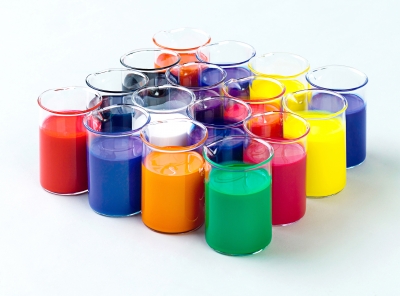 Toxic cosmetic ingredients to avoid in skin care are used as fat, emulsifyer, thickener, filler, artificial foaming agent, colorant, fragrance and preservative. Natural and organic cosmetics are much more gentle. Natural skin care does not cause any damage after long term use. If the ingredients in a natural skin care products are from organic growth, even better! That way you’re not causing any harm to your own body and keeping the planet clean at the same time.
Toxic cosmetic ingredients to avoid in skin care are used as fat, emulsifyer, thickener, filler, artificial foaming agent, colorant, fragrance and preservative. Natural and organic cosmetics are much more gentle. Natural skin care does not cause any damage after long term use. If the ingredients in a natural skin care products are from organic growth, even better! That way you’re not causing any harm to your own body and keeping the planet clean at the same time.
Synthetic substances do not belong in skin care at all. They are agressive, addictive, cause premature aging and increase the risk of getting skin cancer.
The skin can be seen as a miniature eco-system. Natural, organic components are the only ones capable of taking care of the skin, while respecting its natural balance.
Some great natural brands have made it their slogan: only apply to your skin what would be good enough to eat!
Synthetic oils
Mineral oil is not a natural fat. It belongs to the synthetic oils. Being addicting, when you stop using mineral oil, it will take a little time for the skin to find her own, natural balance again. Mineral oil, petrolatum, paraffine and vaseline (all made from petroleum) are unnatural fats, forming a layer over the skin. Oxygen can no longer pass through to the skin and excretions can’t find a way out. They suffocate the skin completely. (Read more about mineral oil side effects here.)
Dimethicone is a synthetic silicone and very unfriendly to the skin. Scan your cosmetic ingredients for mineral oil, paraffine, petrolatum and dimethicone. Vaseline is pure mineral oil, hence the ‘pure petroleum jelly‘ on the jar.
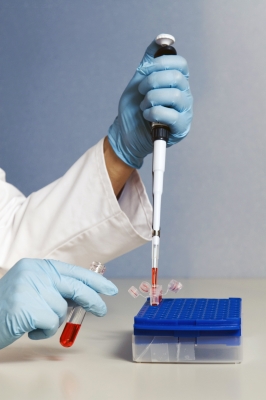 Synthetic emulsifyers
Synthetic emulsifyers
Emulsifyers are necessary to make a smooth cream out of cosmetic ingredients that normally don’t blend well. Oil and water are a good example – usually they don’t mix. With an emulsifyer however, it is possible to blend the two. Some are natural, but the ones used by common skin care brands are not. Synthetic emulsifyers are cheap and easily accessible for cosmetic manufacturers.
There are many different substances in this family. You can recognise them by the letters PEG and/or RETH in the name, often in combination with a number.
Polysorbates (followed by numbers as 20, 70, 80…) belong to the PEG family as well.
Synthetic additives
Carbomers are synthetic fillers.
Diethylphalate (DEP) or methanol is a toxic substance.
EDTA is very poorly biodegradable and also used to decalcify coffee makers.
DEA, MEA, TEA and NDEA have hormone disrupting properties. They are toxic to internal organs like liver and kidneys.
Propylene glycol is a chemical substance (also used in anti-freeze for cars and hydrolic fluid!) – it is carcinogenic and might cause heart rythm disruptions. Propylene glycol is a filler and a penetration enhancer. It is derived from petroleum (again) and unbelievably cheap. Also look for ethylene glycol and buthylene glycol.
Synthetic preservatives & anti-bacterial agents
Triclosan is an anti-bacterial substance and kills everything, including the skins own eco-system. Using normal soap is shown to be just as effective against bacteria – without causing the damage triclosan does.
Various studies show triclosan to be irritant, hormone disrupting, toxic to organs and neurotoxic, even at low doses. It pollutes the earth by accumulating in the environment. The substance may even contribute to resistance to antibiotics, when being absorbed through the skin and coming into the bloodstream.
Diazolidinyl urea has many different names, which you can find on www.ewg.org/skindeep. It is an antimicrobial preservative that releases formaldehyde and is known to be toxic to the skin and the immune system.
Phenoxyethanol is a preservative and fragrance, a skin and eye irritant, classified as toxic and harmful in the European Union. It is possibly toxic to internal organs, brain and nerves.
Parabens are controversial cosmetic ingredients, because of their hormone disrupting properties. They mimic oestrogen.
Synthetic shampoo ingredients
Artificial foaming agents added to shampoo and shower gel have been under fire a lot, and for good reason.
They are harmful to the system and very agressive to the skin, stripping away the natural oils. Many forms of the substances related to SLS (Sodium Lauryl Sulfate, Sodium Laureth Sulfate) are in use. Manufacturers of skin care and cosmetics refuse to get rid of them or replace SLS by something even worse. On the label, you might find Magnesium Lauryl Sulfate, Ammonium Lauryl Sulfate, Ammonium Laureth Sulfate, Sodium Oleth Sulfate and TEA Laureth Sulfate.
Read more about cosmetic ingredients to avoid (& other organic skin care talk):
- You’ve probably heard about the use of aluminium in deodorants. (But have you ever considered trying a homemade deodorant recipe? It’s super easy!)
- How a squirt of plant extracts does not make a shampoo natural (or organic).
- Alcohol in skin care = controversy.
- What makes the best organic skin care?
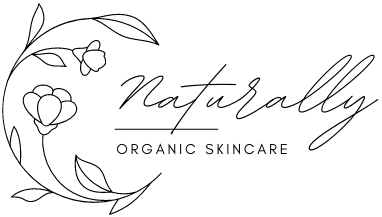
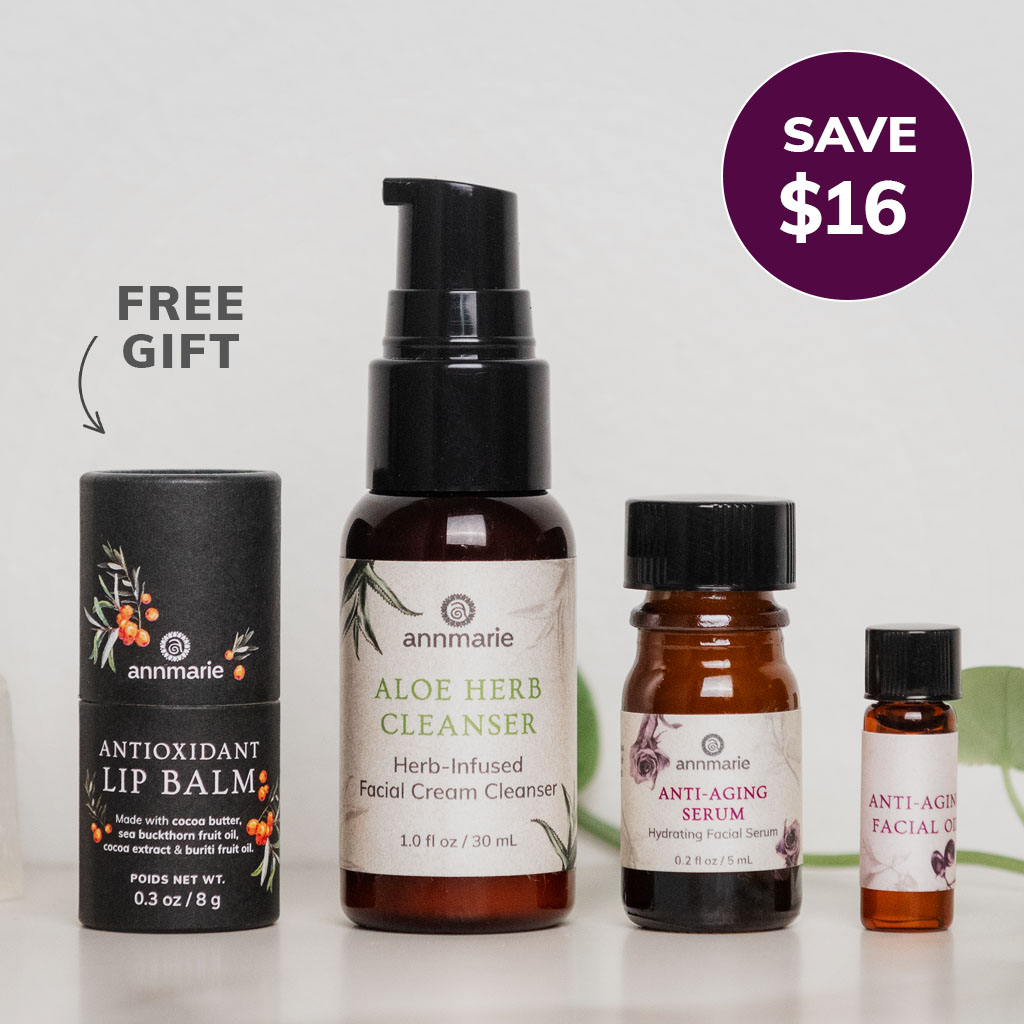
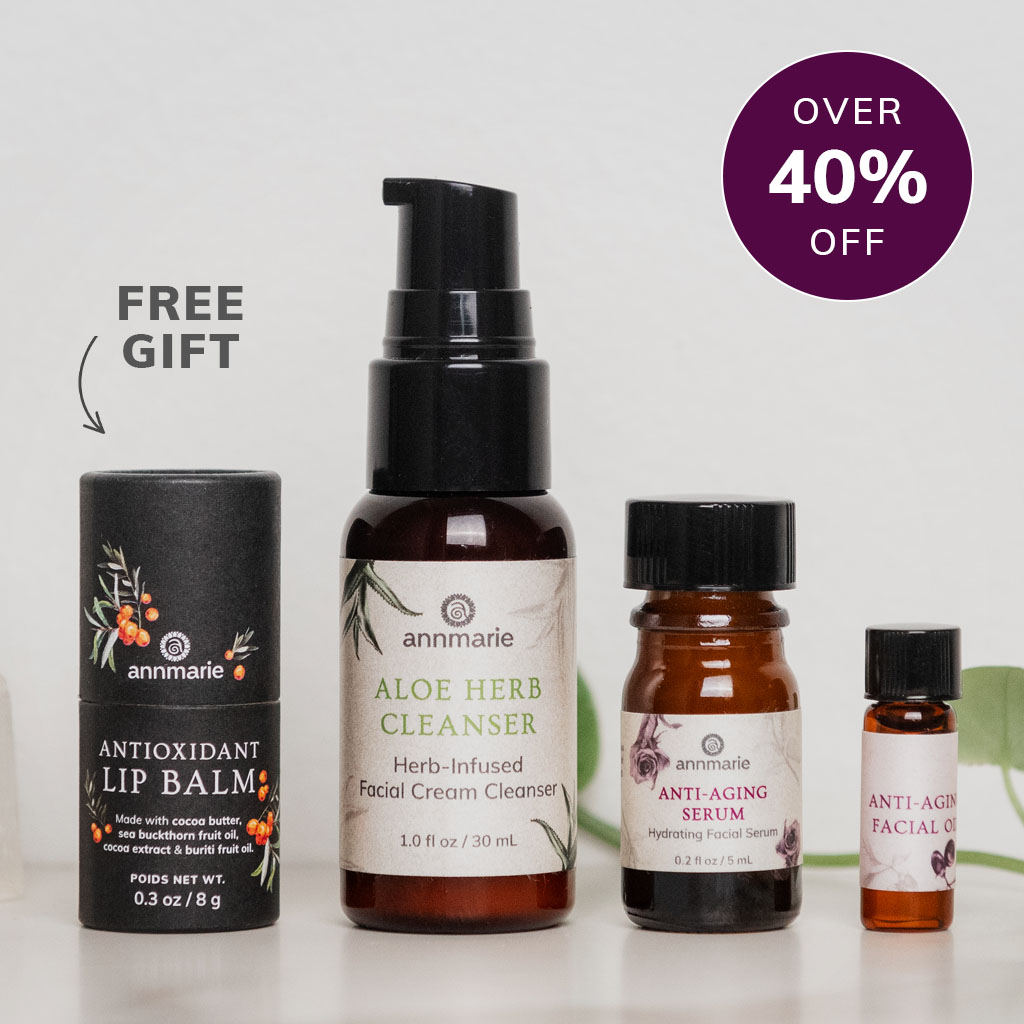
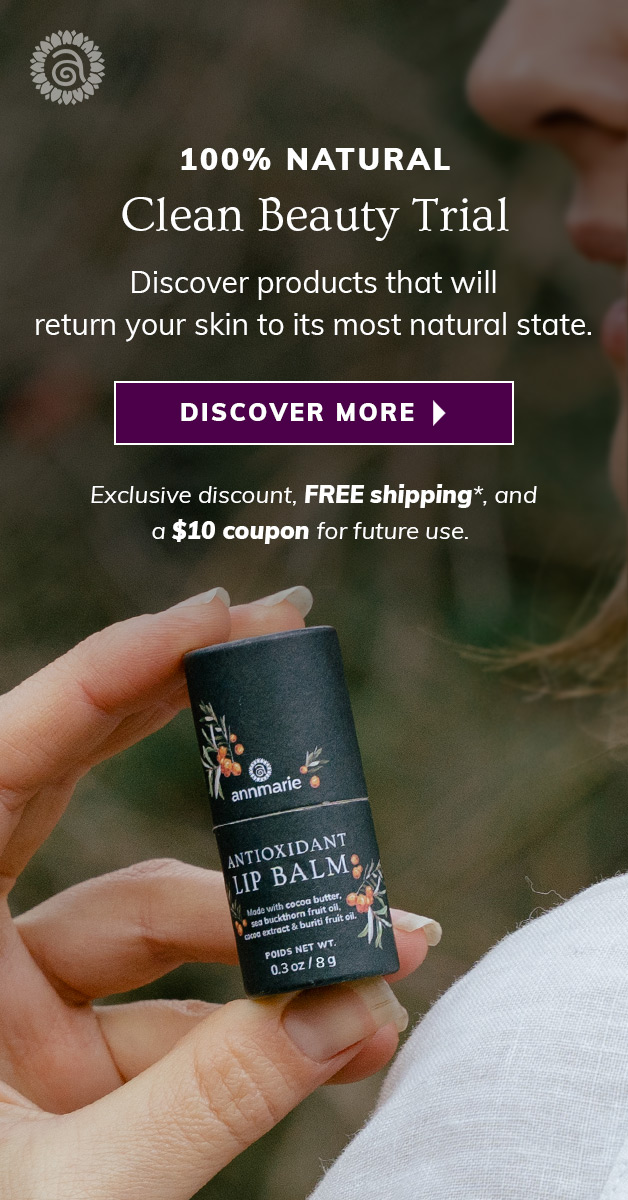
This is awesome!
Thanks 🙂
Thanks for the informative post on chemicals to avoid in makeup. It’s a shame that more women don’t follow your advice. There are some pretty dangerous chemicals lurking in makeup. Since I’ve been using only natural cosmetics and makeup I’ve notice a big difference in my skin and I’m having to use less moisturizer as well. So I’m actually saving money.